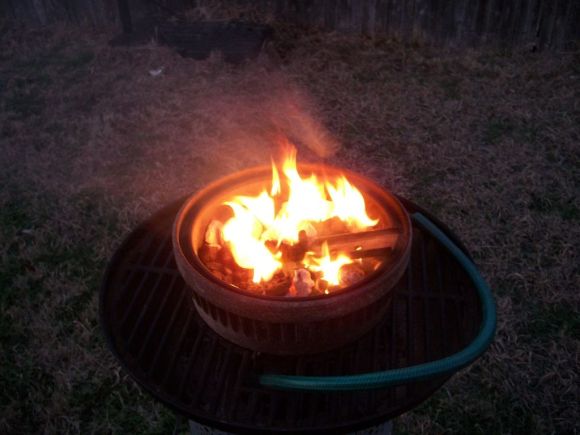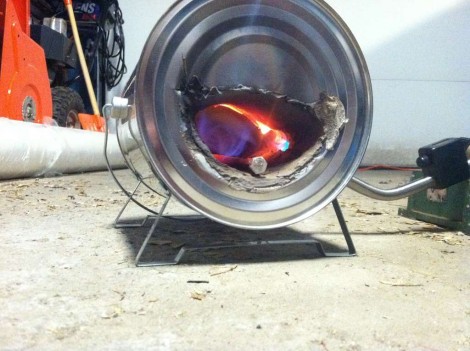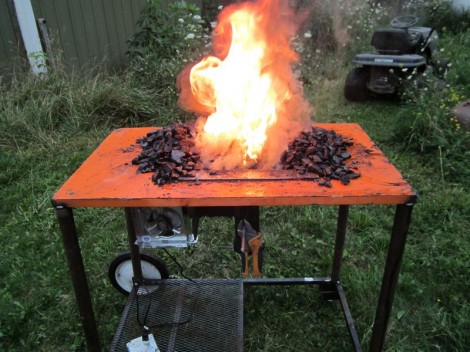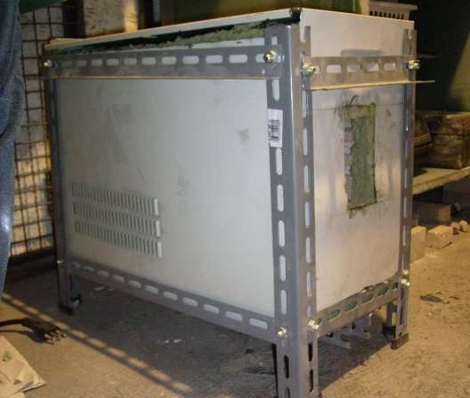
If you’ve ever wanted to do some serious metal working you’re going to need a method of heating the stock. Here’s a build that combines a brake drum and some plumbing fittings into an entry-level forge. It’s a pretty cheap start to see if Blacksmithing is for you.
[Asuka] says that the parts cost him around $40. The brake drum was sourced from a local salvage yard for ten bucks. To that he added a shower floor drain plate to keep the fuel from falling into the air inlet. We have doubts about how long that thin metal screen will last once the coal really gets going, but heat rises to who knows? On the bottom of the drum he mounted a pipe flange with some nuts and bolts. Galvanized pipe fittings connect to this to inject air into the forge. Right now he’s using a compressor and some garden hose to fan the flames, but plans to get a fan from the auto salvage for a more permanent setup.
A note for beginners. Blacksmith work can be dangerous. We’d like to point you to this discussion thread about injuries.















